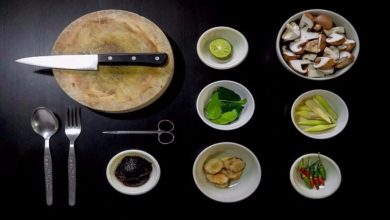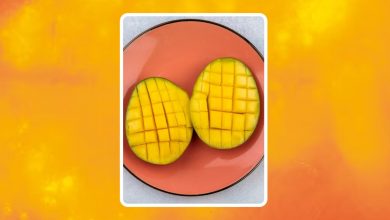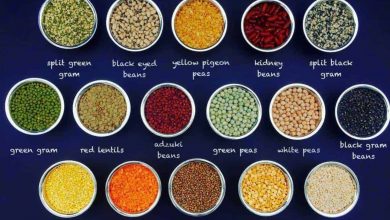Deciphering the Captivating Mysteries of Punjabi Cooking
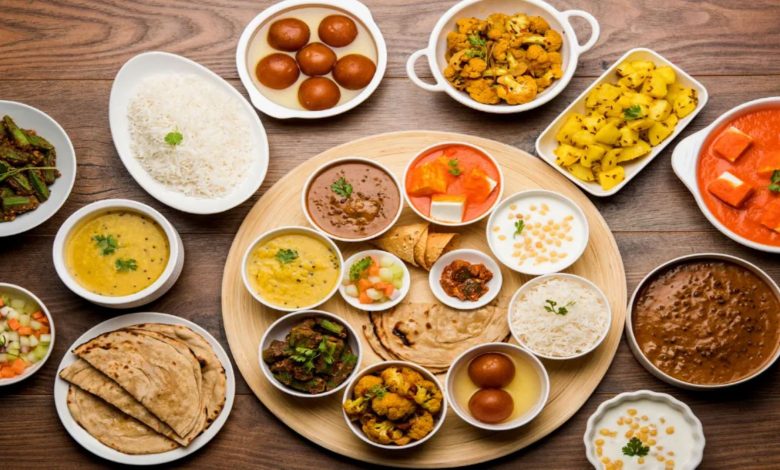
Punjabi cooking, known for its vibrant flavors and rich cultural heritage, is a culinary journey that captivates the taste buds and the soul. As we delve into the enchanting world of Punjabi cuisine, we unravel the historical roots, savor the key ingredients, explore traditional dishes, and discover the secrets behind the tantalizing flavors that define Punjabi cooking.
1. Historical Roots of Punjabi Cooking
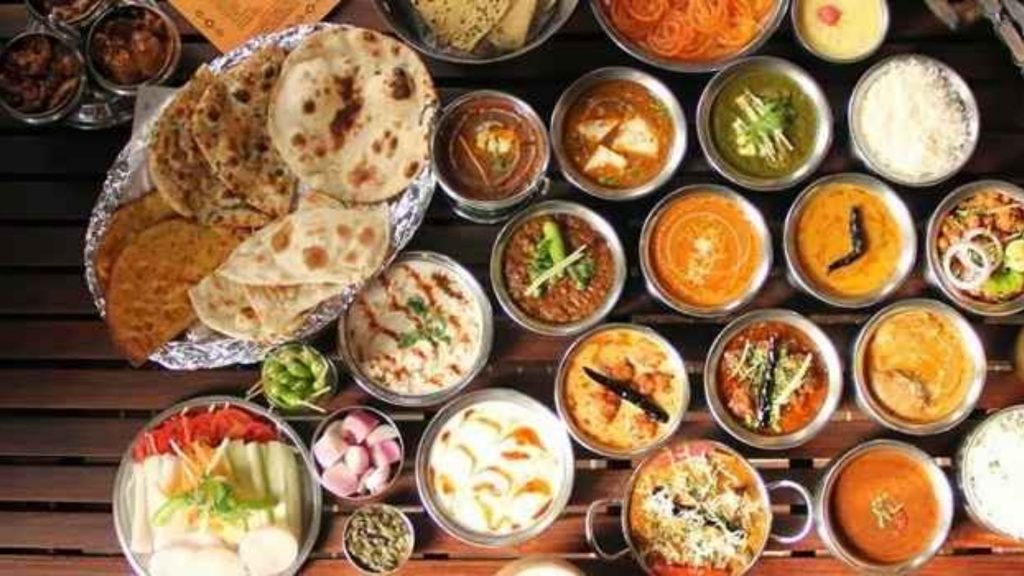
Punjabi cooking draws inspiration from a tapestry of historical influences. From the Mughals to the British, each era has left its mark on the culinary traditions of this North Indian region. The evolution of Punjabi cooking reflects the fusion of diverse cultural elements, resulting in a unique and flavorful cuisine.
2. Key Ingredients in Punjabi Cuisine
At the heart of Punjabi cooking lies a medley of spices and herbs that elevate every dish. Staple grains like wheat and rice, accompanied by a colorful array of vegetables, form the foundation of Punjabi meals. Moreover, the abundant use of dairy products, such as ghee and paneer, contributes to the richness and distinctiveness of the cuisine.
3. Traditional Punjabi Dishes
No exploration of Punjabi cooking is complete without indulging in classic dishes. The iconic Butter Chicken, the winter favorite Sarson da Saag with Makki di Roti, and the beloved Chole Bhature showcase the diversity and deliciousness of Punjabi fare. Each dish tells a story, reflecting the cultural and culinary heritage of the region.
4. The Art of Tandoor Cooking
The tandoor, a traditional clay oven, holds a special place in Punjabi kitchens. Its use imparts a unique smokiness and char to various dishes. Tandoori delights like Tandoori Chicken and Naan bread are not just meals; they’re culinary experiences that showcase the mastery of tandoor cooking.
5. Secrets of Punjabi Spice Blends
Garam masala, a quintessential Punjabi spice blend, plays a pivotal role in the cuisine. The art of creating homemade spice mixtures adds a personal touch to each dish. These blends not only provide flavor but also tell a story of the family traditions passed down through generations.
6. Punjabi Cooking Techniques
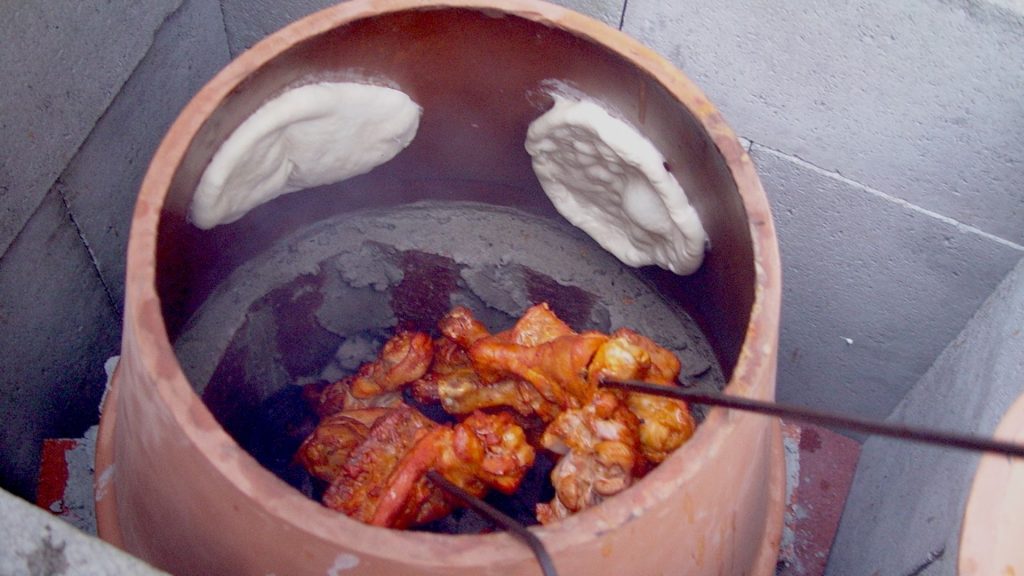
Punjabi cooking techniques, such as Dum cooking and Tadka/Tempering, contribute to the complexity and depth of flavors. Dum cooking involves slow cooking in a sealed pot, allowing the ingredients to absorb the rich flavors. Tadka, or tempering, is the process of infusing hot oil with spices before adding it to a dish, enhancing the overall taste.
7. Regional Variations in Punjabi Cooking
While Punjabi cuisine shares common elements, regional variations add a layer of diversity. From the robust flavors of Amritsari cuisine to the subtle nuances of Malwai dishes, each region has its own culinary identity. Exploring these variations allows for a deeper appreciation of the vastness of Punjabi cooking.
8. Modern Innovations in Punjabi Cuisine
In the contemporary culinary landscape, Punjabi cooking has embraced innovation. Fusion dishes that blend traditional Punjabi flavors with global influences are gaining popularity. The fusion of traditional and modern elements showcases the adaptability and creativity inherent in Punjabi cuisine.
9. Popular Punjabi Desserts
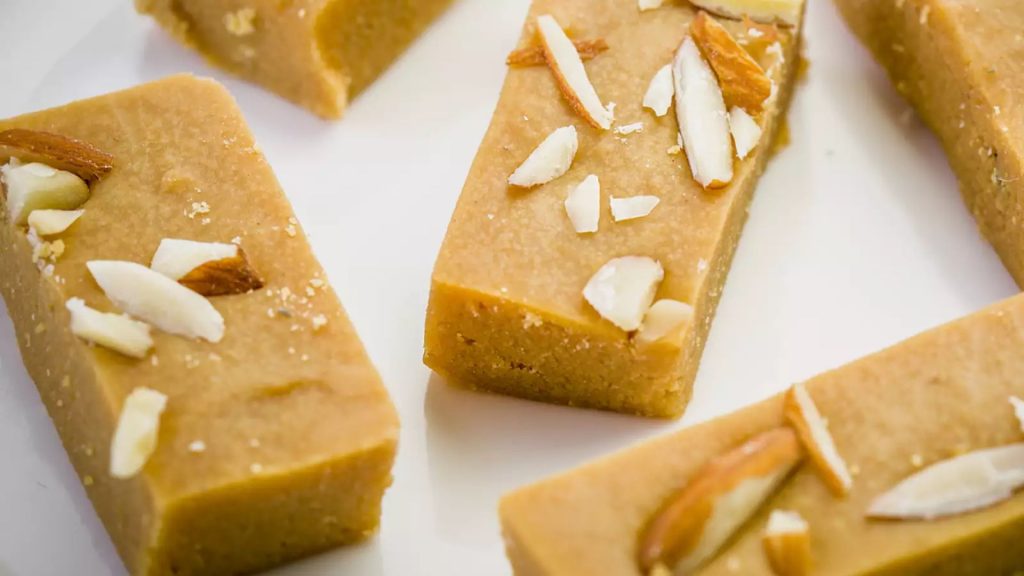
The sweet conclusion to any Punjabi meal is marked by delectable desserts. Gulab Jamun, Jalebi, and Phirni are among the crowd favorites. These desserts showcase the skillful balance of sweetness and aromatic spices that characterize Punjabi sweets.
10. Connecting Through Punjabi Food
Beyond the flavors and aromas, Punjabi food carries deep social and cultural significance. Sharing a meal is a communal experience, fostering bonds and connections. Whether it’s a family gathering or a festive occasion, Punjabi cuisine brings people together, creating lasting memories.
Conclusion
As we conclude our journey into the captivating mysteries of Punjabi cooking, we find ourselves immersed in a world where tradition meets innovation, and flavors tell tales of generations past. The richness of Punjabi cuisine extends beyond the plate, creating a cultural tapestry that is both diverse and deeply rooted. So, let the aroma of spices and the warmth of Punjabi hospitality guide your culinary explorations.

